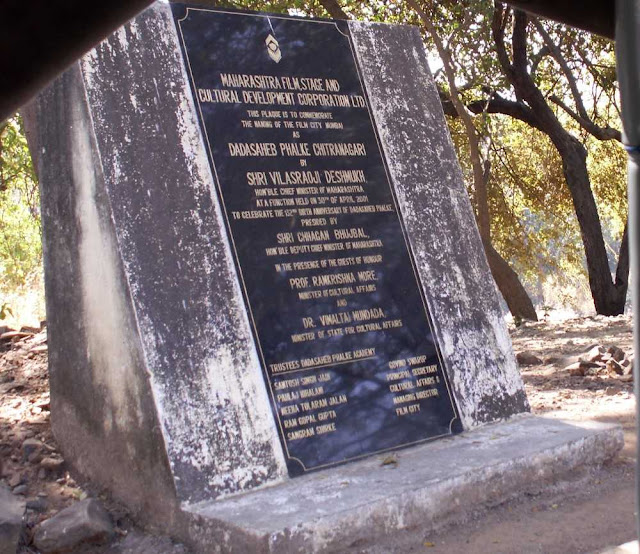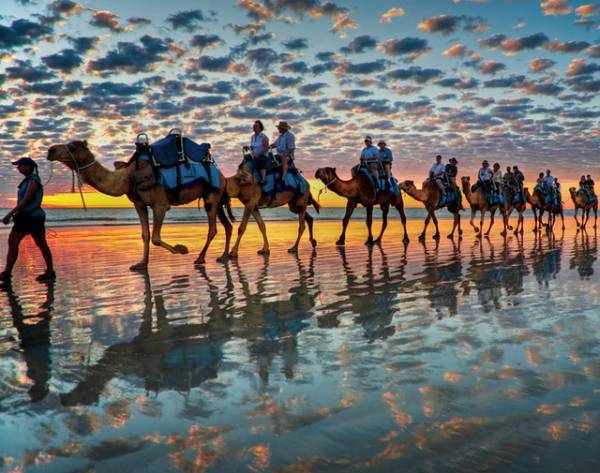ad 1
Monday, December 31, 2012
Thursday, December 27, 2012
Wednesday, December 5, 2012
Monday, October 29, 2012
Thursday, August 30, 2012
The real Tracy Island? Tiny Japanese volcanic outcrop is the spitting image of the Thunderbirds' ocean base By DAMIEN GAYLE Read more: http://www.dailymail.co.uk/news/article-2152507/The-real-Tracy-Island-Tiny-Japanese-volcanic-outcrop-spitting-image-Thunderbirds-ocean-base.
When International Rescue are called upon to save the day, their incredible machines rise up from secret hangars concealed across Tracy Island to take to the sea and air.
The South Pacific paradise, rendered in vibrant Supermarionation, was the setting for the home base of the Thunderbirds, a secretive organisation created to help those in grave danger.
This is Aogashima, a tropical, volcanic island in the Phillipine Sea that bears a remarkable resemblance to the home of International Rescue in Gerry Anderson's hit Sixties series.
Scroll down for video
FAB: Volcanic island Aogashima, part of the Izu Chain off the coast of Japan in the Philippine Sea, which bears a remarkable resemblance to Tracy Island
Thunderbirds are go! The 'real' Tracy Island, said to be located somewhere further south in the Pacific, secret home of International Rescue
Part of the Izu Island chain, and politically part of Tokyo although it is 200 miles from the Japanese capital, volcanic island Aogashima is a geological curiousity.
With only about 200 residents, all living in one small town, the island is one if the country's most remote and unspoilt.
More...
There are only two ways to get on or off the outcrop: by helicopter or by boat.
Those choosing to sail must arrive or depart from one, small, unreliable harbour which is often rendered useless by bad weather.
As such, it's a far cry from the Tracy Island of Thunderbirds fame, with its fleet of technologically advanced rescue vehicles poised to save the world 24 hours a day.
Indeed, Aogashima is noted for its peace and quiet, as a place to escape the relentless bustle of urban life and commune again with nature.
Piercing the turquoise waters of the Pacific the 3.5km long and 2.5km wide rocky outcrop was formed by the overlapping remnants of at least four volcanic 'bowls' or calderas as they are known.
Just like Tracy Island, the rugged cliffs, which are comprised of layered volcanic deposits, rise sharply upwards and on the southern side of the picturesque retreat is a sharp ridge forming one edge of a caldera named Ikenosawa.
This dominates the island, with one point on its southern ridge, Otonbu reaching a height of 423 metres - the island’s highest point.
The spot does however boast a post office and a school, but the history of human settlement on Aogashima is unclear.
The island is mentioned in records from the Edo period from 1603 - 1868 and volcanic activity is recorded in 1652, and from 1670-1680.
An Earthquake is reported in July 1780 with further tremors in May 1781 leading to an eruption.
In April 1783, lava flows from the Maruyama cone resulted in the evacuation of all 63 households on the island. During a massive eruption in 1785, around 140 of 327 islanders are said to have perished.
Paradise: With only about 200 residents, all living in one small town, the island is one if the country's most remote and unspoilt. There are only two ways to get on or off the outcrop: by helicopter or by boat
View from above: Situated in the warm waters of the Pacific, several hundred metres off the coast of the Japan mainland, the green paradise is made from the remnants of four volcanic calderas or bowls
Subscribe to:
Comments (Atom)
About mumbai film city
Film City, Mumbai Located in a secluded area in the vicinity of Aarey Colony, Mumbai , Film City is often regarded as a home ...

-
The first operating system for the Apple computer primarily developed by Paul Laughton, Randy Wigginton, and Steve Wozniak for the Apple ...
-
O OGL OIL OK ONGC OPEC Open General Licence Oil India Limited All Correct Oil and Natural Gas Commission Organisation of Petroleum E...












































